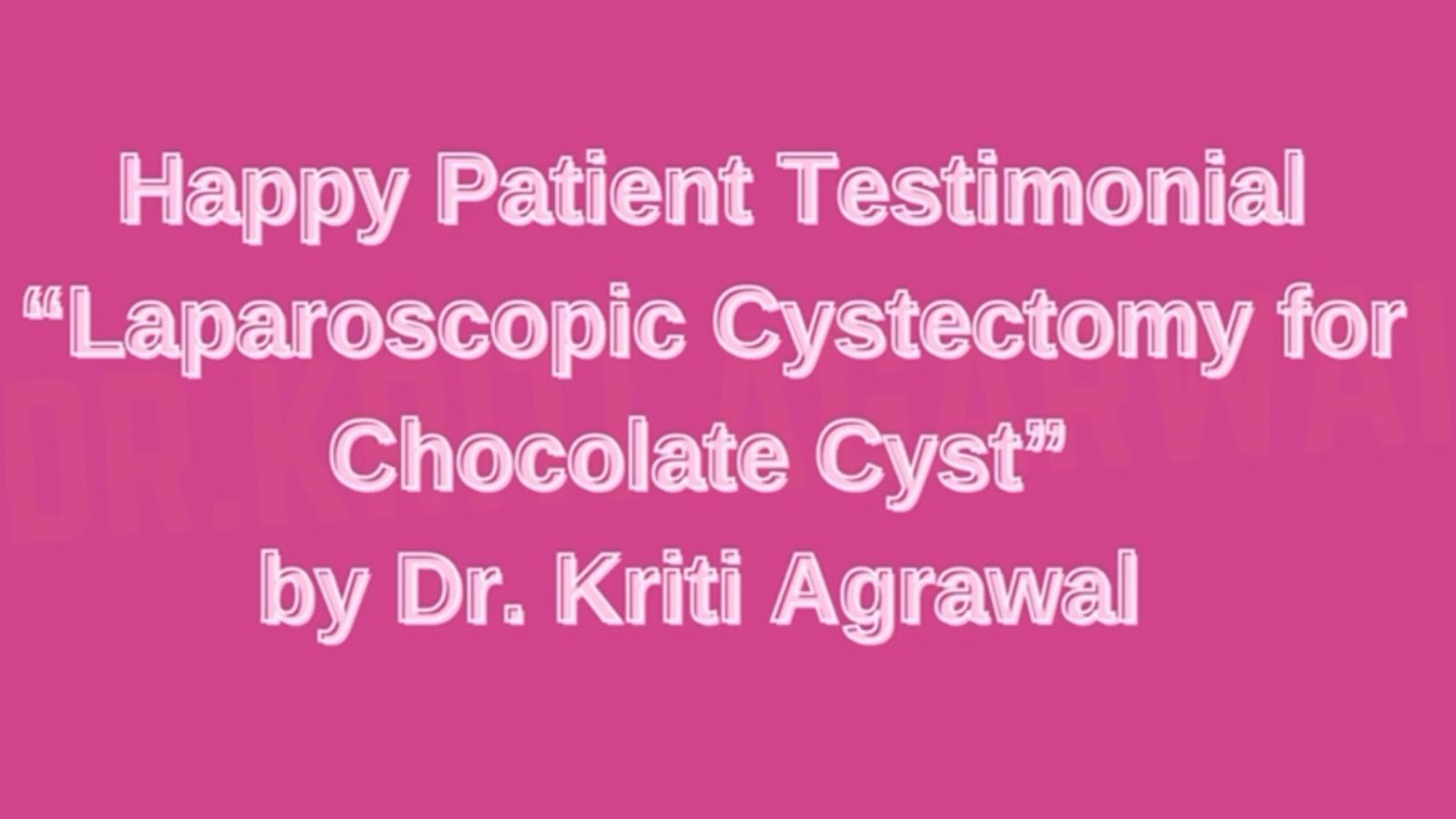
Endometriosis and adenomyosis are conditions where the tissue that normally lines the uterus grows outside it (endometriosis) or into the muscle of the uterus (adenomyosis). These conditions can cause chronic pain, heavy periods, and infertility. Treatment options vary depending on the severity of symptoms and whether the woman wants to preserve her fertility. Medications to manage pain and hormonal treatments may be used, but surgery might be required for severe cases. Laparoscopic surgery is a common approach for both conditions, offering the advantage of a quicker recovery.
Women with endometriosis or adenomyosis may experience painful periods, heavy menstrual bleeding, and chronic pelvic pain. These conditions can also contribute to infertility, making early diagnosis and treatment essential.
When it comes to women's health, some conditions are misunderstood or often misdiagnosed, such as endometriosis and adenomyosis. Both can cause chronic pelvic pain, fatigue, and heavy menstruation, but they are not the same. Understanding the differences can provide clarity, proper treatment, and much-needed relief.
Endometriosis is a condition where the same tissue (called endometrial-like tissues) begins to grow outside the uterus. This tissue can attach to the ovaries, fallopian tubes, and even intestines. Every month, this misplaced tissue behaves as it would inside the uterus—it thickens, sheds, and bleeds during the menstrual cycle. But unlike normal menstruation, this blood has no way to exit the body, causing swelling, scarring, and severe pain.
On the other hand, adenomyosis occurs when endometrial tissue grows into the uterine muscle itself. Over time, this can cause the uterus to become enlarged, heavy, and painful. Unlike endometriosis, which grows outside the uterus, adenomyosis remains within the uterine muscle, causing acute cramps, lower abdominal pressure, and extremely heavy menstruation.
| Category | Endometriosis | Adenomyosis |
|---|---|---|
| Location | Endometrial-like tissue grows outside the uterus | Endometrial tissue grows within the muscular wall of the uterus |
| Symptoms | Pain during sex, infertility, chronic pelvic pain | Heavy periods, prolonged bleeding, enlarged and tender uterus |
| Diagnosis | Typically requires laparoscopy for confirmation | Often diagnosed via imaging (e.g., ultrasound or MRI) |
| Treatment | Hormone therapy, pain relief, or surgery based on severity and lifestyle | Similar approach: hormones, pain relief, or surgery depending on need |
Both endometriosis and adenomyosis can affect the quality of life — but knowledge is power. Understanding the differences between the two helps you advocate for yourself and make informed health decisions. Remember that you are not alone. Your pain is valid. And support is available.
Dr. Kriti Agarwal can help you understand, manage, and provide compassionate, expert care for Endometriosis and Adenomyosis treatment in Kolkata.
Copyright @ , Dr. Kriti Agarwal.